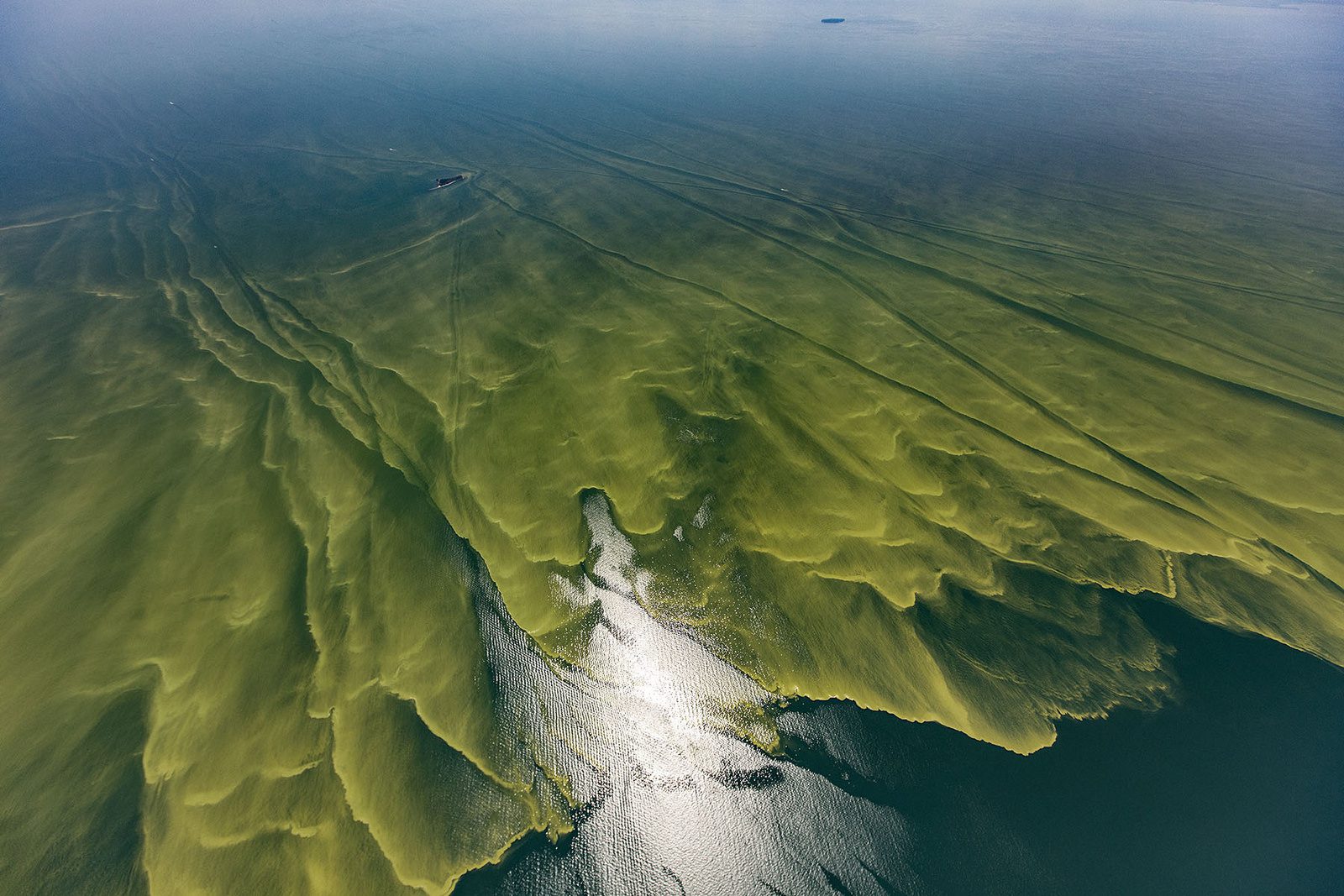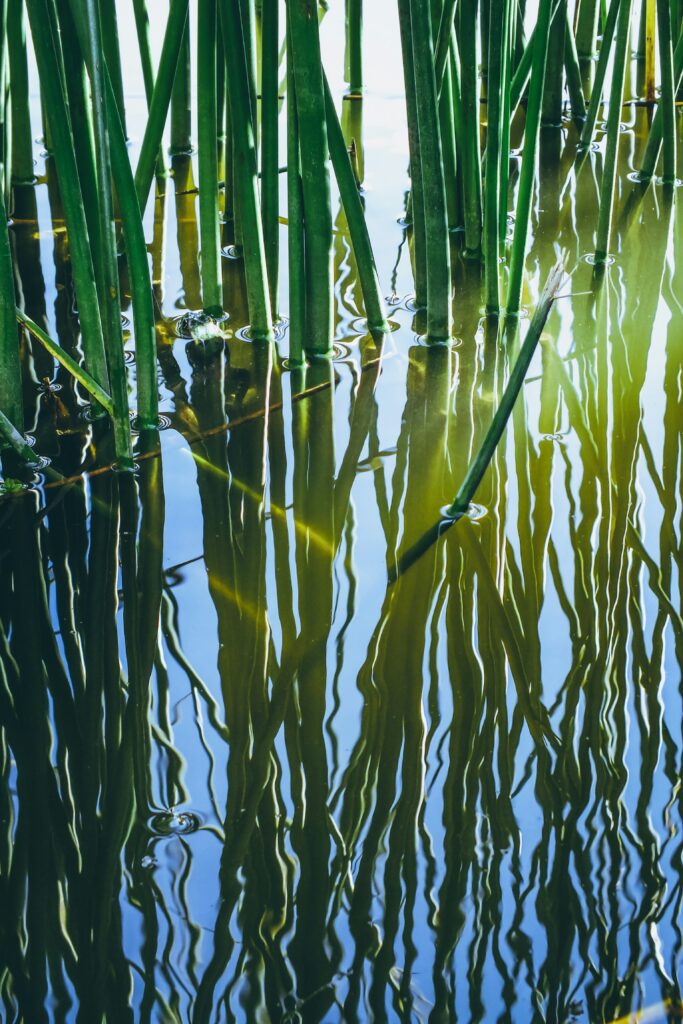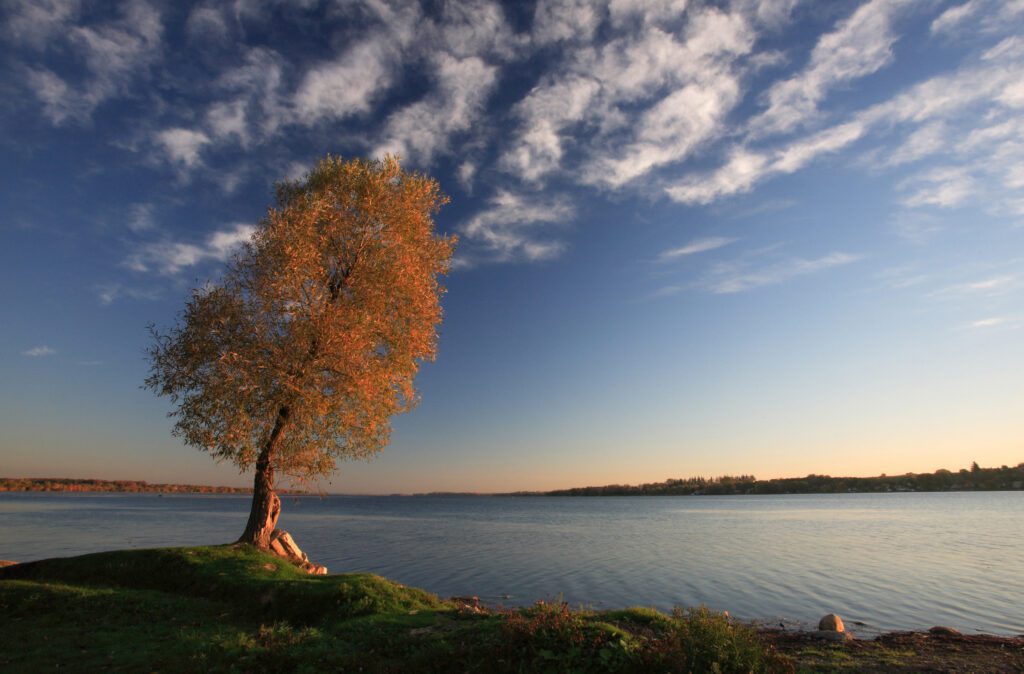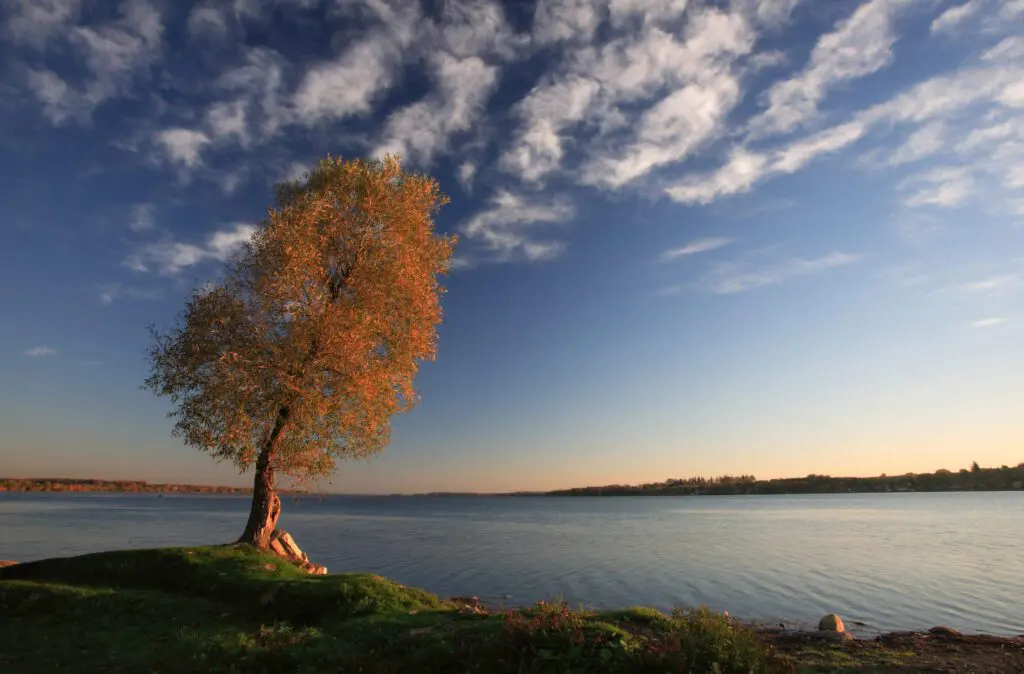As we enter the best days of summer, it’s time to plan a canoeing adventure, fishing trip or birding expedition. This is the type of summer on the shores of Lake Erie that many might’ve had in mind.
But Lake Erie is plagued by increasingly severe algae blooms that can be toxic to people and animals, and put our drinking water under threat. This years’ bloom is expected to be one of the worst ever recorded.
Lake Erie is under threat
Earlier today, the U.S. National Oceanic and Atmospheric Administration (NOAA) released its annual algae bloom forecast. The outlook for Lake Erie is not good. The forecast is showing that this year’s bloom will be significant and much larger than the one we experienced last year — about 7.5 out of 10 on the scale of severity.
The perfect storm
The severity is due to a wet spring and a lot of nutrients entering the lake. The algae blooms thrive off of a rainy spring because phosphorus runoff from agricultural lands spurs algae growth. NOAA uses cutting-edge technology to monitor and predict algae blooms in the western basin of Lake Erie, but their annual forecasts are becoming less a question of “Will we see a bloom this year?” to “How bad will it be?”


What we stand to lose
Algae blooms in Lake Erie have serious impacts on drinking water, fish and other aquatic species, infrastructure, recreation, and tourism. Boaters, fishermen, paddlers, swimmers and beachgoers flock to Lake Erie’s many beautiful destinations every summer. If the bloom gets as bad as NOAA predicts it will, Lake Erie will see a significant drop in visitors.
A new study shows that the impacts of the blooms cost the Lake Erie tourism industry up to $110 million per year. This study also estimates that, without action, the costs to the basin’s economy could hit $5.8 billion by 2050. The cost of doing nothing is simply too expensive, and besides — can you really put a price on everything Lake Erie gives us?
Lake Erie is an ecological treasure and home to countless species and ecosystems that rely on clean water. It’s the source of drinking water for millions of people on both sides of the border. It’s where communities interact with nature and enjoy time spent on the water. Lake Erie does a lot for us, but what have we done for our lake lately?
What needs to happen?
Last year, the federal and provincial governments released a joint action plan to tackle the Lake Erie algae issue. The plan has some good pieces, like research and innovation, but relies too heavily on voluntary measures to reduce phosphorus pollution. Despite its shortcomings, the plan has provided a starting point for government intervention, and we’ve been eagerly awaiting the plan to turn to action.
The plan says implementation will begin in February 2019, but unfortunately five months later there has been little done to put the plan into action. After today’s announcement of a severe bloom coming to Lake Erie, it is clearer now more than ever that we need governments to step up.
Act now and tell the federal and provincial governments to put their plan to work, and to take strong action to protect Lake Erie.








